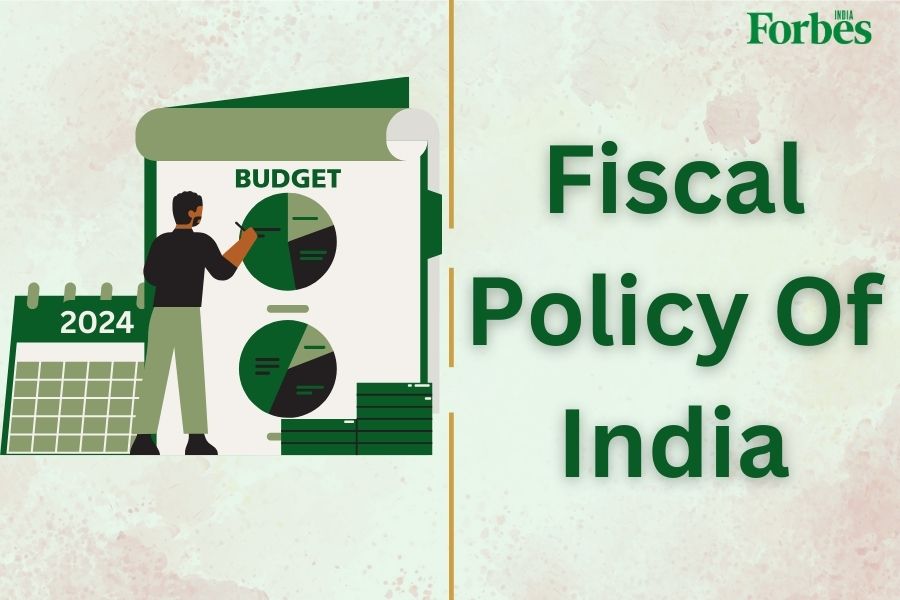How do subsidies influence fiscal management in India? What is the significance of subsidy rationalization in ensuring fiscal sustainability?
Subsidies are financial incentives provided by the government to support specific sectors or reduce the cost burden on consumers. In India, subsidies primarily focus on food, fertilizers, energy, and social welfare. While subsidies aim to promote welfare and equity, their impact on fiscal management is significant and multifaceted.
Subsidies Influence on Fiscal Management:
Impact on Fiscal Deficit and Public Debt– The food subsidy bill surged to ₹1.97 lakh crore in 2022-23, driven by free food distribution schemes under the Pradhan Mantri Garib Kalyan Anna Yojana (PMGKAY) during the COVID-19 pandemic. Fertilizer subsidies increased to ₹2.25 lakh crore in 2022-23, exacerbated by rising global fertilizer prices. These expenditures often necessitate borrowing, increasing public debt and reducing fiscal space for capital investment in infrastructure and social sectors.
Distortion of Public Expenditure Priorities– Excessive subsidies can divert resources away from productive investments, such as education, healthcare, and infrastructure development. For instance, over-reliance on subsidies in the power and agriculture sectors reduces funding for renewable energy initiatives or research and development in farming.
Economic Inefficiencies– Poorly targeted subsidies often benefit affluent sections rather than the intended beneficiaries.
Distortions in Market Dynamics– Subsidies often lead to artificially low prices, reducing market competitiveness. For example, fertilizer subsidies distort the input cost for farmers, making urea overused while neglecting balanced nutrient application.
Significance of Subsidy Rationalization:
Enhancing Fiscal Space– By curbing wasteful subsidies, governments can increase fiscal space for priority sectors, such as infrastructure, health, and education.
Promoting Equity and Inclusion– Targeted subsidies ensure benefits reach marginalized sections, reducing income inequality and enhancing social justice.
Boosting Productivity and Sustainability– Redirecting subsidies from input-intensive practices to productivity-enhancing measures, such as irrigation and technology adoption, promotes long-term agricultural and industrial growth.
Encouraging Behavioral Change– Rationalizing subsidies for water, electricity, and fertilizers can encourage conservation and sustainable practices among beneficiaries.
Reducing Fiscal Deficit– By targeting subsidies to genuinely needy populations, governments can reduce wasteful expenditure. The shift to Direct Benefit Transfer (DBT) in LPG (PAHAL scheme) saved the government ₹50,000 crore by eliminating ghost beneficiaries and leakages. Rationalizing fertilizer subsidies through nano-urea adoption can cut costs while maintaining agricultural productivity.
Enhancing Resource Allocation– Subsidy rationalization frees up resources for critical sectors like health and education. For example, funds saved from rationalizing energy subsidies can be redirected to renewable energy projects under the National Solar Mission.
Promoting Sustainable Growth– Subsidy rationalization encourages sustainable practices.Revising free electricity schemes for farmers and introducing metered connections can incentivize water conservation.
Shifting subsidies towards bio-fertilizers and organic farming reduces environmental degradation.
Aligning with International Commitments– India’s subsidy reforms are crucial to meeting global commitments, such as the Sustainable Development Goals (SDGs), climate change targets under the Paris Agreement and principle of national treatment under World Trade Organisation.
Examples
Direct Benefit Transfer (DBT): The LPG subsidy under the PAHAL scheme saved ₹50,000 crore by reducing leakage.
Fertilizer Reforms: Introduction of nano-urea and soil health cards aims to optimize fertilizer usage and reduce over-subsidization.
Electricity Subsidies: Delhi’s targeted free electricity schemes for low-consuming households improve equity while containing costs.
Renewable Energy Push: Rationalizing fossil fuel subsidies to fund solar and wind power initiatives under schemes like PM-KUSUM.
Conclusion
Subsidies play a dual role in fostering welfare and straining fiscal health. While they remain a critical tool for social equity, their unchecked growth undermines fiscal discipline and long-term sustainability. Rationalization, with an emphasis on targeting, efficiency, and alignment with sustainable goals, is imperative for fiscal sustainability and inclusive economic growth.
Source
https://www.nipfp.org.in/media/medialibrary/2013/04/dp_2002_06.pdf

